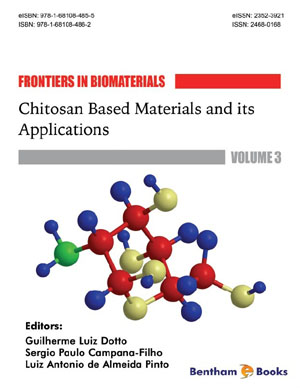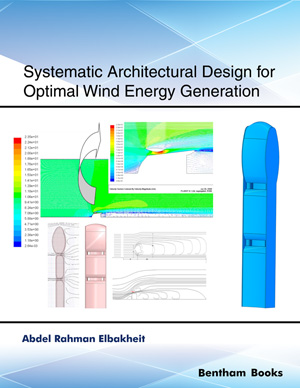Abstract
Chitosan is a polysaccharide composed of repeated units of N-acetyl- 2-amino-2-D-glucopyranose and 2-amino-2-deoxy-D-glucopyranose, which are linked by β-(1→4)-glycosidic bonds. This biopolymer was discovered in 1859, and the industrial scale production started from 1971. During the last 20 years, a considerable interest for chitosan based materials has been observed. Chitosan is mainly obtained from crustacean shells, but other sources are also possible. In general, the shells are submitted to sequential steps of demineralization, deproteinization and deodorization to obtain chitin. Chitosan is then obtained by alkaline deacetylation of the chitin. The quality of chitosan is evaluated taking into account the characteristics such as, molecular weight, deacetylation degree and crystallinity. These characteristics are responsible for properties like biocompatibility, bioadhesivity, solubility and polycationic character. The properties of chitosan make this biopolymer an excellent and attractive material for several chemical and physical modifications, aimed at diverse applications. This chapter presents some general considerations about the biopolymer chitosan, including, definitions, history, main sources, obtention processes, characteristics, properties, chitosan-based materials and their unlimited potential applications.
Keywords: Applications, Biopolymers, Characteristics, Chitin, Chitosan, Production processes, Properties.




















